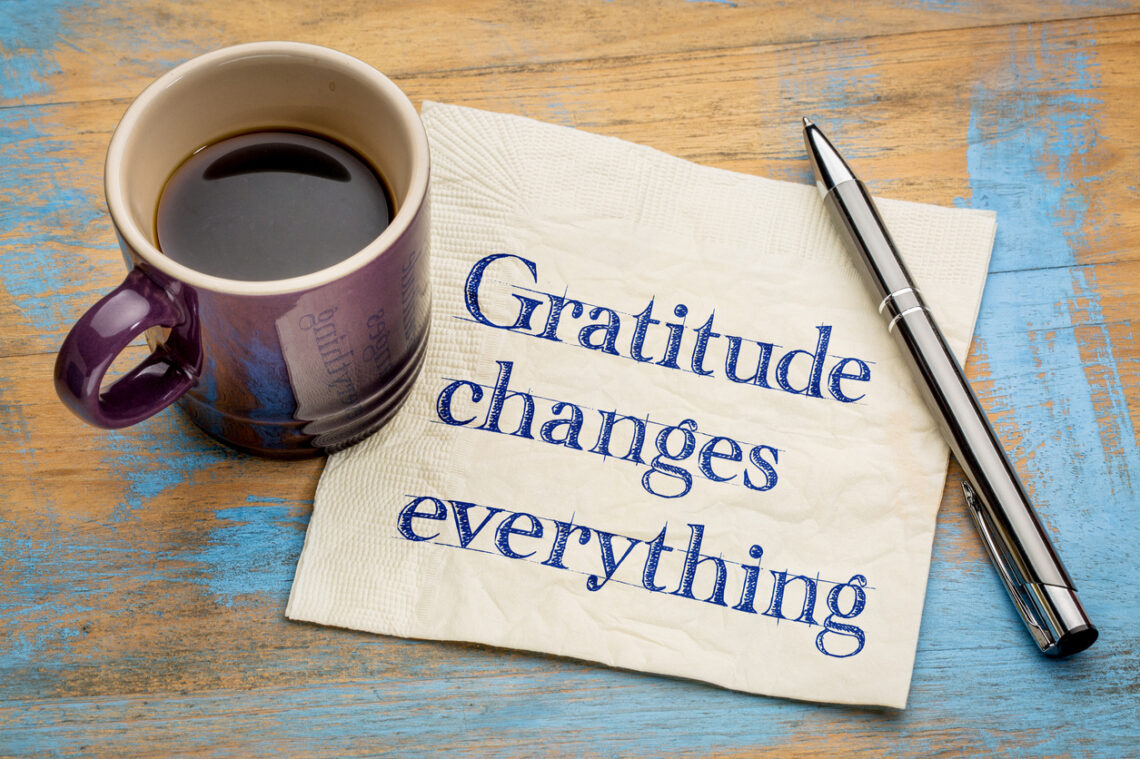By: Chelsea Hauer
“Gratitude turns what we have, into enough.” (Aesop) This quote stuck out to me as I too want to transform my thinking in this fashion and to view the people and things in my life as “enough.”
I want to take a moment to share what gratitude means to me: How I see it positively changing my life and the lives of others as well as how I implement “an attitude of gratitude” in my daily living by being grateful for even the smallest of things.
Robert A. Emmons book, The Psychology of Gratitude describes gratitude as an emotion. He writes, “A distinguished emotions researcher recently commented that if a prize were given for the emotion most neglected by psychology, gratitude would surely be among the contenders.” I wanted to know more and to learn how to implement this into my life.
I started small by doing some research on the topic. The cruise control in my old trusty Ford Explorer would often go out on me and only work when it wanted to, much less than I wanted. I decided to start my gratitude practice. My cruise control was working as I headed to the highway towards home. I said to myself, “I’m grateful my cruise control is working” and later wrote about it on a gratitude list, a routine I also started. Initially it was a struggle to even list three gratitudes per day as I scoured my brain for events or things to be for which I felt grateful. Today my gratitude list is not difficult to complete and I often find myself with such overflowing feelings of gratitude that it turns into a full journal entry.
Gratitude for me was a practice, a little each day until it became a part of my automatic thinking. I now pause daily to think and write about what I am grateful for. You now often hear this in my spoken word. I tell people throughout my day how grateful I am for their help or service. I give thanks and share gratitude with my family as the day reaches an end.
So why gratitude and how might it effect my happiness and health? Maslow’s Hierarchy of Needs describes that we must meet the lower needs in the hierarchy before our higher needs can be met. As I have food, water, and rest, the next part of the hierarchy is the psychological and self-fulfillment needs. Here is where the real action happens for me, as I think gratitude plays a role in both my psychological and self-fulfillment needs. Throughout history, religious, theological, and philosophical treatise have viewed gratitude as integral to well-being (Emmons and Crumpler, 2000. Harpman, 2004).
Through incorporating a gratitude practice I am able to have more meaningful relationships. I feel better about myself, thus improving my self esteem and how I see myself in the world. Now for the highest in the hierarchy, self-fulfillment. Here is where I am achieving my goals and living my life to the fullest potential. Here is where I am living a happy life, I see wealth all around me throughout my day as I am practicing gratitude. I am succeeding at my goals and reaching my potential. Through gratitude I have found a new way of thinking and living. I am grateful for the opportunity to write something to share with others, thank you for taking the time to read this, you are powerful and appreciated!






